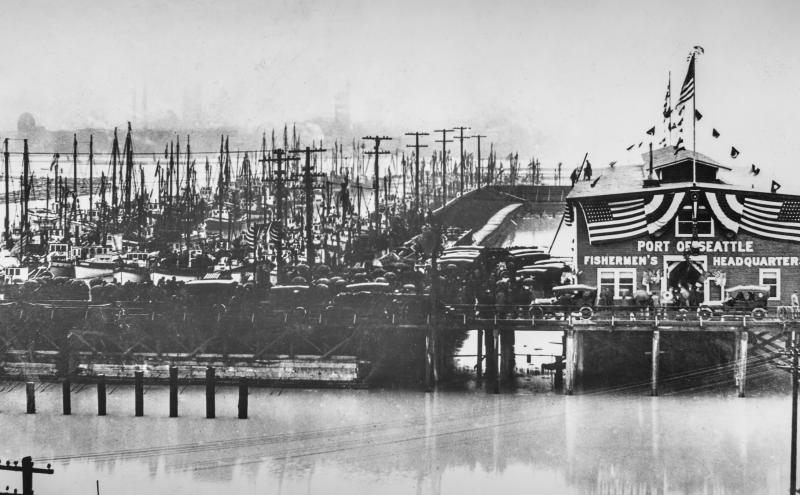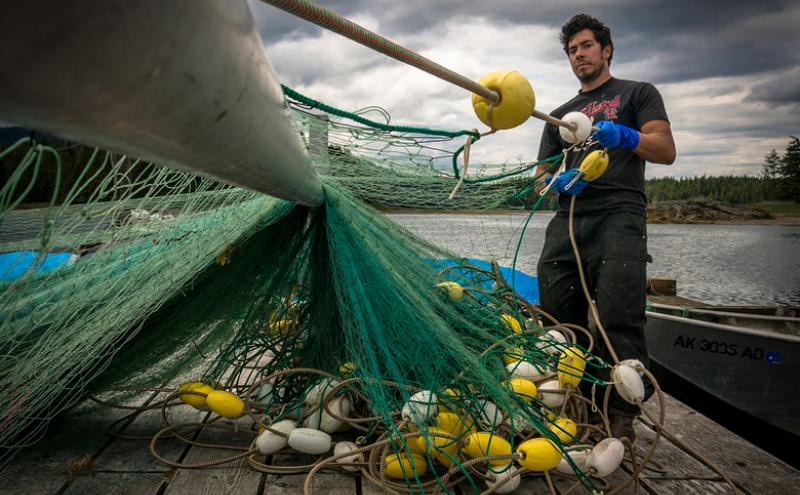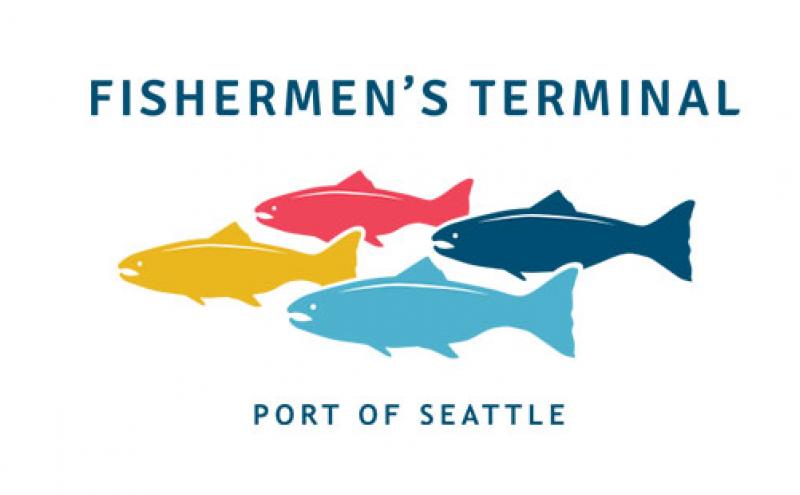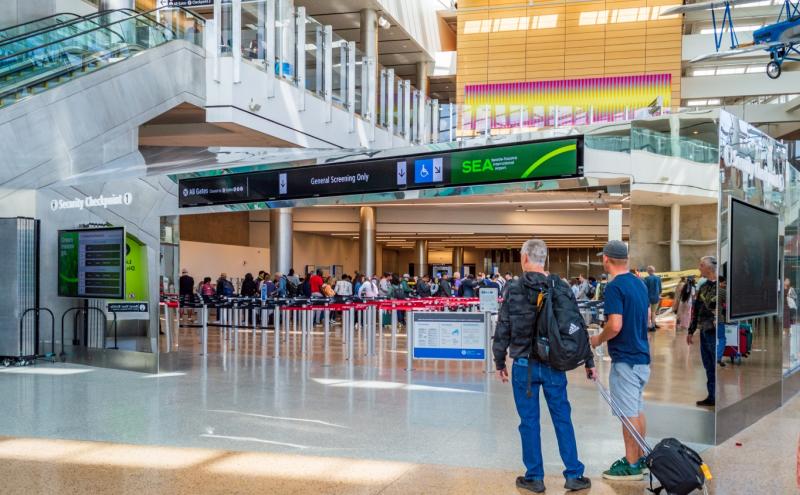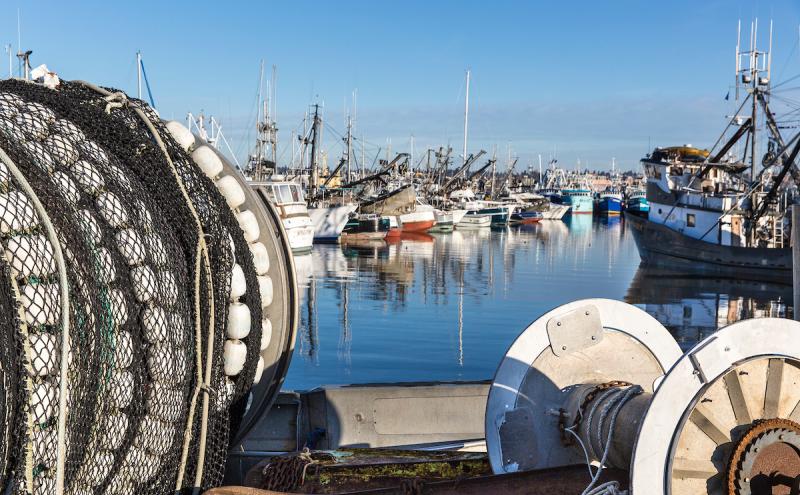
Published in 2019; updated in 2025
Every old-timer in Seattle probably has a fishing story to tell from the good old days. But the days of fishermen bringing their catch home and putting their money into the local economy aren’t just a quaint tale from the past — they’re a thriving part of our present and future. For more than 100 years commercial fishing has been a cornerstone of the regional economy and the Port of Seattle has played — and continues to play —a critical role in supporting the industry at facilities like Fishermen’s Terminal, the Maritime Industrial Center, and Terminal 91.
Here are a few fast facts about fishing that aren’t just fish tales.
1. Seattle is sometimes called the “southern office” of Alaska
With the vitality of the North Pacific Fishing Fleet, the economies of Washington and Alaska are interdependent.
In 2023, 275 commercial fishing vessels used Port of Seattle facilities. Roughly 75%, or 209, of these fishing vessels were identified as actively participating in Alaskan fisheries, though many also likely operate in Washington and Oregon during the Alaskan off-season.

2. Fishing vessels based at Port of Seattle moorage facilities supply 19.5% of the total U.S. commercial fishing harvest by tonnage
- In 2023, Port of Seattle customers landed 740,500 metric tons of fish in Alaskan Fisheries
- Seafood is one of the top export commodities shipped out of the ports of Seattle and Tacoma. The top 10 seafood exports that come out of Seattle and Tacoma Harbors include: sockeye, pink, king, silver and chum salmon; halibut; Pacific cod, lingcod; rockfish, Pollock, and sablefish (black cod); crab, shrimp, clams, oysters and mussels
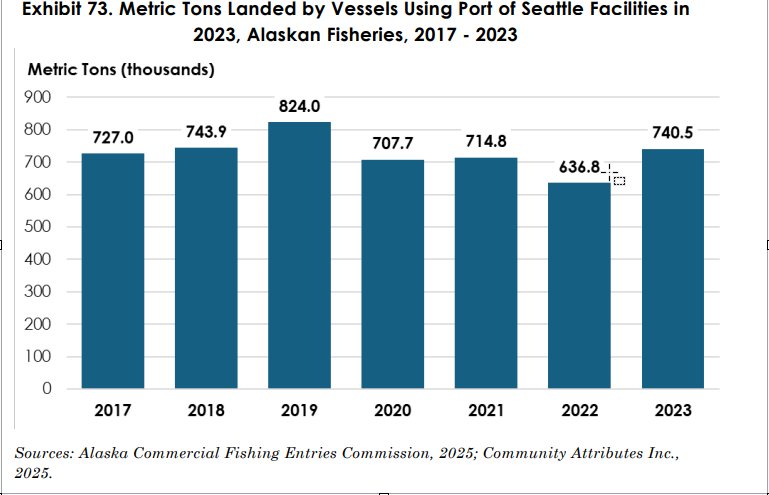
- Learn more about the economic impact of commercial fishing
3. Historic Fishermen’s Terminal also has a 100-year-old marine railway
Fishermen’s Terminal became the first operational Port of Seattle property in 1914. The Port recognized the importance of building a facility that would provide a spot for commercial fishermen to moor, repair, and provision their boats in the off season. Until then, there had not been a home port for fishermen who were forced to search for moorage wherever they could find it.
In 1919, a marine way was installed at Fishermen’s Terminal. A marine way is like a train track that runs from below the waterline onto land. A boat can be floated into a cradle on the rail tracks and pulled onshore with a winch for hull repairs and maintenance.
Fast forward more than 100 years later and commercial fishing is a thriving, technology-driven, modern business that literally feeds the regional economy. And as a historic building and still the epicenter of the region’s fishing industry, it’s time for several facility updates that will improve long-term financial stability by developing new light industrial space and creating new jobs.
- Learn more about the Maritime Innovation Center redevelopment at Fishermen's Terminal
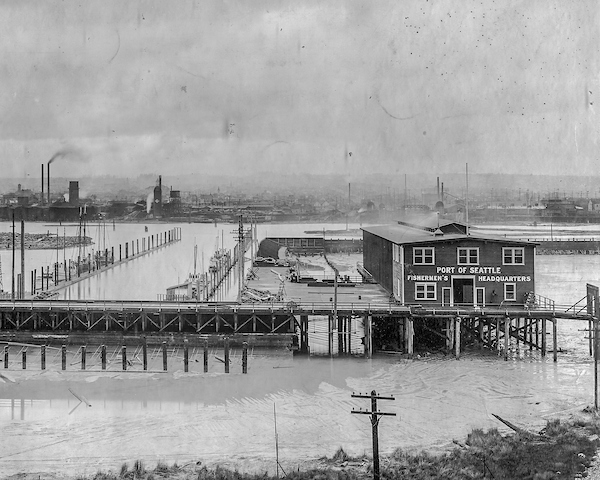
4. Commercial fishing is big business
In total, commercial fishing at the Port of Seattle directly supported nearly 5,800 jobs, $418 million in business revenues, and $293 million in labor income in 2023. Maritime support services like vessel maintenance and repair, processing, and cold storage located on Port properties also generate additional revenues.
Factoring in all segments of commercial fishing at the Port of Seattle, these activities generated more than $1 billion in business output in 2023.
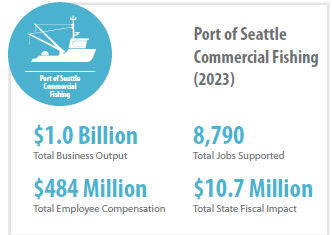
5. The average age of a maritime worker in Washington State is 54 years old
That means that trained and skilled workforce in commercial fishing and related industries are needed now as the “silver tsunami” of workers begins to retire.
In total, commercial fishing at the Port of Seattle directly supported nearly 5,800 jobs, $418 million in business revenues, and $293 million in labor income in 2023.
One of the Port of Seattle’s top priorities is training maritime workers of the future. In 2019, the Port of Seattle began conversations about a maritime-focused high school that would connect education with industry needs. The Port invested $1.25 million to help launch the school. Maritime High school opened in September 2021 and its inaugural class just graduated!
Subscribe to Pier to Pier for more maritime news

